How to plant and properly care for apricots in cold climates?
In the southern regions of Russia, in almost every yard you can see a green tree covered with yellow-orange fruits, the bones of which are oval. This is an apricot. Planting and caring for it is not difficult in warm climates. In the middle lane and in the Urals, this requires more effort, but the result is worth it.
What varieties are better to choose
In areas with cold climates, it is necessary to plant varieties specially bred for such weather conditions. Some frost-resistant apricot trees reproduce by self-pollination, therefore, it is advisable to root several types of seedlings with different ripening periods in the summer cottage.
- "Kichiginsky". The hybrid tolerates severe frosts and grows quickly. Bears fruit for 5 years. Ripe fruit is juicy, fragrant, of medium size, the kernel is sweet;
- Snezhinsky. Feels great in arid and cold climates. The first fruits appear 4 years after planting. They have a bright yellow color with a red blush on the sides. Sweet pulp quickly leaves the stone;
- "Spicy". Grows well in central Russia. The variety is frost resistant. Small yellow fruits ripen in early August, are juicy, delicate aroma and piquant bitterness.
In addition to these varieties, apricots Amur, Khabarovskiy, Sibiryak Baikalova, Minusinskiy Yantar and Seraphim are successfully grown in Siberia. All of them are adapted to the harsh climate and are recommended by breeders for planting in the northern regions of the country. The main feature of these trees is that their fruits have time to ripen in the short Siberian summer and taste no different from juicy southern apricots.
How to choose seedlings
In order for the planting of apricot seedlings to be successful, you need to choose the right place. A southern tree loves the sun, so prepare a well-lit, elevated area that is carefully closed from drafts and wind. In such conditions, you can quickly get fruits in the Urals.
When purchasing seedlings, make sure of their quality. It is better to purchase trees that are one year old, they root well. Examine the branches carefully. They should not have thorns, as this is a sign only of wild-growing varieties. Be sure to check the small thorn that always forms at the site of the vaccination. Pay attention to the root system, if it is frozen or shows signs of rotting, do not buy the plant. The chance that it will take root is zero.
Planting a tree
The optimal time is to plant an apricot in the spring. Over the summer, a fragile seedling will get stronger, take root, gain strength. This will help him to calmly survive the cold winter in central Russia.
Apricot is unpretentious in the choice of soil, but it is better to plant it in fertile loose soil. Dig it up before winter and feed it with mineral and organic fertilizers. An adult tree has a fairly wide crown. He needs a lot of space for normal development and fruiting, so dig holes in the fall at a distance of 5 m from each other. Over the winter and spring, the soil will settle in them, and they will be ready for the rooting of seedlings. The deepening should be such that the root system of the tree fits freely in it, and there is still a little space left. Usually, about 80 cm is dug inside, and 70 cm wide.
- To protect the roots from moisture stagnation, lay a thick layer of drainage on the bottom of the pit. It can be broken brick, rubble or small pebbles.
- Then add 2 buckets of mullein, a half-liter can of superphosphate, 250 g of wood ash and 350 g of potassium sulfate.Add some soil from the garden and stir the mixture thoroughly. It should fill the hole 1/3.
- Place the seedling inside and cover it with earth so that the root collar is 4 cm above the ground level.
- Tamp the earth under the tree and make a wide roller of earth around it. It is necessary so that the water does not spread during watering.
Finally, moisten the sapling with 2 buckets of water and tie it to a wooden peg.
How to properly care
Growing apricots in cold climates has some peculiarities. It is necessary to take care of him all year round. When snow falls, the root collar must be cleaned of it so that the ground near the trunk is thoroughly frozen. It will not damage the tree.
During the period of snow melting, a dangerous time for apricots comes. A large amount of water floods the root collar. Night frosts freeze the water again, and the neck begins to rot. This phenomenon is a common cause of the death of apricots in the Sverdlovsk, Chelyabinsk regions and Siberia. To avoid this, in the spring, be sure to shovel the snow away from the trunk, dig small grooves to drain the water and mulch the soil thoroughly.
When it gets warmer outside and the tree blooms, it needs regular, moderate watering. Moisten it every two weeks, using 5-6 buckets of water, but make sure that it does not stagnate in the root system. A few days after watering, gently loosen the soil under the tree and systematically remove the weeds.
Pruning
If pruned correctly, the tree bears better fruit and becomes more frost-resistant. When the buds open, the branches growing inside the crown and thickening it are removed. This stimulates the growth of young twigs, on which fruits will set in a year or two. Experienced summer residents are advised to form a tree in a sparse-tiered type, when the shoots grow at a distance of 35 cm from each other. It is recommended to remove old branches on which fruits are not tied.
A thaw in winter is dangerous for apricots. Young buds instantly awaken from her near the tree. When the air temperature drops again, they freeze and die. The apricot begins to grow poorly and does not bear fruit. To avoid this, experts advise pinning the tips of all young shoots in June. This procedure prevents them from waking up during thaws in winter.
Council. Remember to do sanitary pruning. Get rid of sick and drying shoots in time.
How to fertilize
Growing apricots in central Russia requires timely feeding. If enough minerals were added during planting, start fertilizing the soil the next year.
- In the spring, it is useful to feed a 2-year-old tree with infusion of fresh chicken droppings. For its preparation, a bucket of droppings is diluted with water in a 15 liter barrel. Let it brew for several days, and add 10 liters of liquid under each barrel. Instead of organics, you can use a purchased nitrogen-containing fertilizer according to the instructions.
- Before flowering, 1 tbsp is diluted in 10 liters of water. l. potassium sulfate, 2 tbsp. l. ammonium nitrate and poured with a nutritious liquid apricot. This dressing is repeated after flowering.
- In the fall, the area where the trees grow is dug up and fertilized with compost or rotted manure.
Important!
The older the plant gets, the more fertilizer it needs. At the 4th year of life, the number of ingredients should be doubled, at the 8th year, when it is already actively bearing fruit, by 3 times, and so on.
How to grow an apricot yourself
In central Russia and in the Ural regions, many gardeners prefer to grow apricot from stone. Such a seedling adapts better to the climate, is less likely to get sick and bears fruit more abundantly.
In summer, seeds are collected from large ripe fruits, washed thoroughly, dried and stored in a canvas bag at room temperature throughout the winter. For the seeds to take root, you need to know how to properly plant an apricot in spring.
- In early March, be sure to soak the bones in cold water for a week, which you replace daily with new.
- Then mix equal amounts of moss, sawdust and sand, moisten them and place with the apricot seeds in a plastic bag. Planting material should occupy 1 part of the prepared substrate.
- Punch small holes in the plastic for air circulation and store the bag at about 4-10 C.
- Check the seeds after a month and a half or two. They must crack and germinate. In some varieties, this happens quickly, in others, germination needs to wait several months.
At the beginning of May, the seeds are planted in open ground, after digging and fertilizing the ground. On the site, they dig holes 20 cm apart from each other with a depth of about 10 cm, place the bones there, cover them with earth and water them. At the end, the bed is mulched with peat. The sprout quickly hatches out of the ground, buds appear on it, and over the summer it stretches up to 100 cm. The next year it can be transplanted.
In northern latitudes, some summer residents do not transplant a tree grown from a stone. At the same time, its varietal qualities change, but the plant tolerates severe frosts better.
Graft
Apricots are often propagated by grafting. To do this, you need to pick up a young stock and get an apricot stalk that bears fruit well. This is done in the spring, when the sap begins to move and the buds wake up. The procedure is quite complicated, so experienced summer residents resort to it.
The number of apricot trees planted in the server regions of Russia increases every year. Gardeners enthusiasts are not afraid of the vagaries of nature, and they manage to get a big harvest. If you don't have an apricot at your dacha yet, be sure to purchase a frost-resistant seedling or grow a tree from a stone. With proper care, it will quickly thank you with sweet fruits.
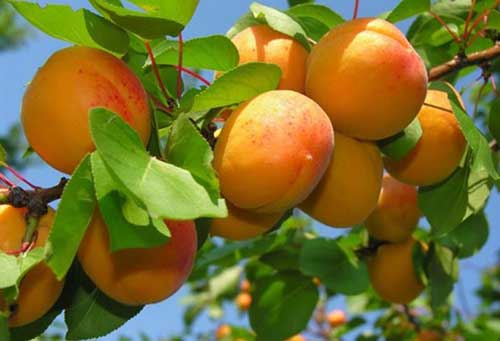

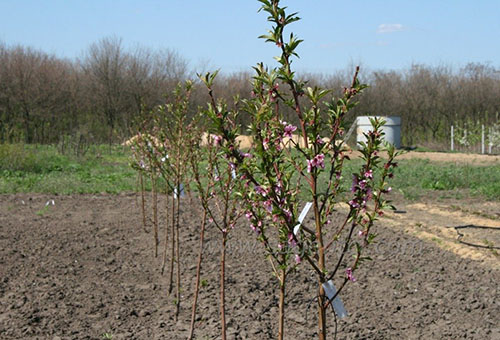
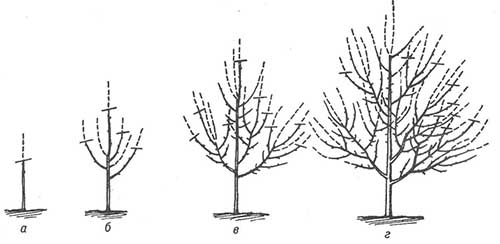
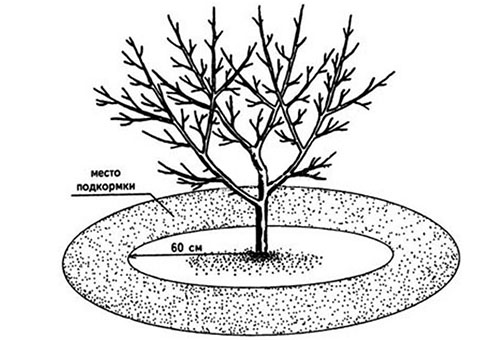
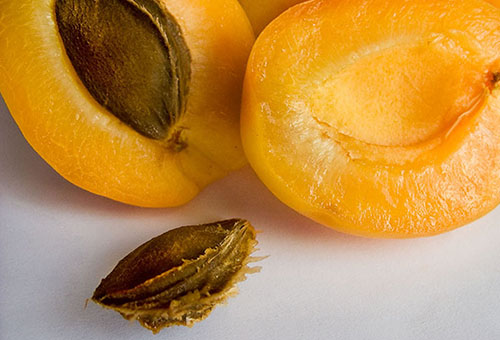
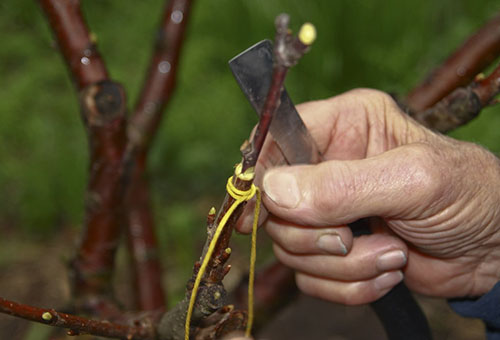
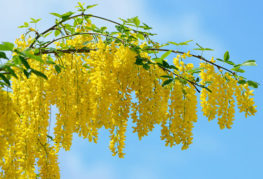
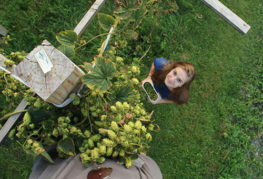
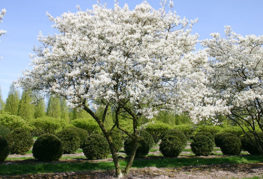

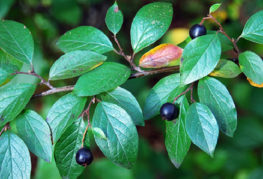
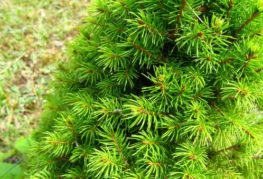
and will be published shortly.